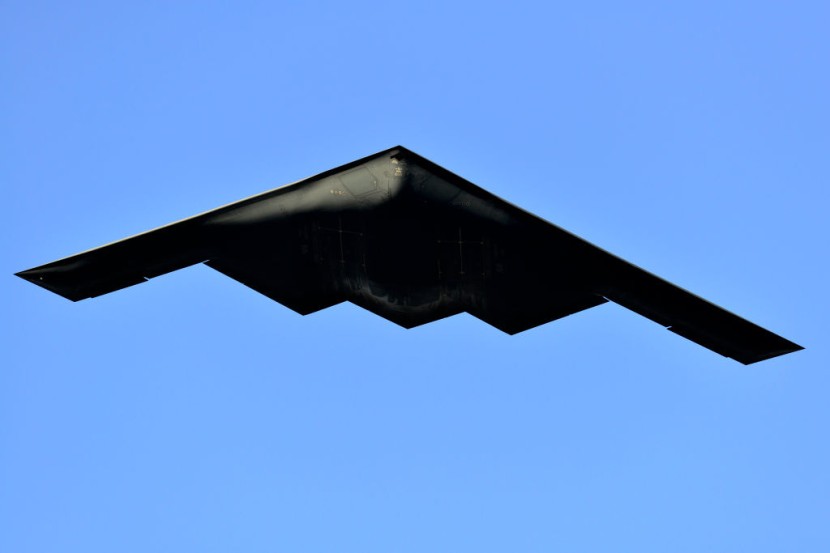
The Northrop Grumman B-21 Raider strategic bomber is the most crucial weapon in the US arsenal, capable of long-range bombing without getting detected. It is supposed to have its maiden flight in 2022, but unexplained delays make it impossible to fulfill.
Premiere US Bomber First Launch Encounters Problems
The B-21 is unable to fly because of unforeseen dilemmas with the supply chains, labor shortage, and performance problems associated with the plane, Military Watch Magazine reported.
Nonetheless, an Air Force spokeswoman told Air Force Magazine that production of the new aircraft would continue.
According to the statement, it is still within acquiring program's cost, timetable, and efficiency baselines set in place at the Milestone B award, which is based on an independent government approximate for the program.
To push an efficient flight test campaign and quickly field this critical combat capability, the B-21 event will ensure the first flight test aircraft is a high-quality build and manufacturing.
Previous post-Cold War programs, especially those involving stealth aircraft and ships, have been plagued by years-long delays, heavy cost overruns, and severe performance issues.
It has long been anticipated that the B-21 will encounter similar problems, with current delays potentially being the first of many.
USAF Stealth Bomber Project
Other than the B-2 Spirit, which saw production reduced to just 20 serial airframes caused by extreme budget cuts as well as wide-ranging performance issues, the Northrop Grumman B-21 Raider strategic bomber is the first new Western bomber to be created since the 1970s, which positions a tremendous burden on the project, noted the EurAsian Times.
When the new stealth bomber is in service, it replaces the bomber fleets B-1 and b-2 bombers, with more than one squadron equipped with these stealth raiders. Making the airframe more versatile will be the basis for tankers, even a stealth version of early warning aircraft planned by the USAF.
The slow retirement of the B-1 is starting with units leaving service and decommissioning by the air force. Becoming obsolete and may not be suitable for today's combat environment, the Raider is the only next-generation bomber the US has.
Others are catching up, like Russia and China, through the Russian program, and the PAKDA has its problems. The Chinese H-20 could be in service sooner or simultaneously as the Raider.
Some think the Chinese flying wing could beat the US stealth bomber to punch as many units as the USAF plans.
The B-21 is expected to have well over 100 airframes built. Some sources are guessing that over 200 might enter service to modernize the fleet and establish dozens of new squadrons, partly overturning post-Cold War bomber cutbacks.
These aircraft's capacity to achieve operations and maintenance cost and maintenance targets is crucial to its capacity to attain its objectives, that what previous American stealth aircraft and stealth ships have consistently failed to do, pressuring the Pentagon to make major cuts to scheduled purchases.
Getting the Northrop Grumman B-21 Raider strategic bomber operational and ready for service at a time when Moscow threatens the US and Beijing arming up in another power struggle following the Cold Wars end.
© 2025 HNGN, All rights reserved. Do not reproduce without permission.








